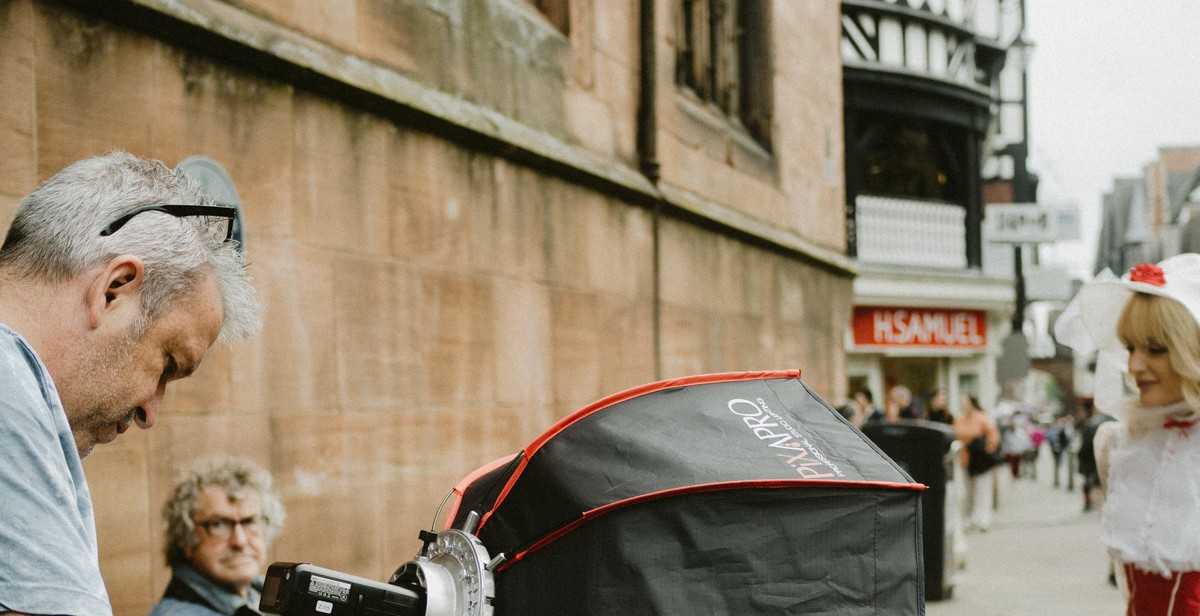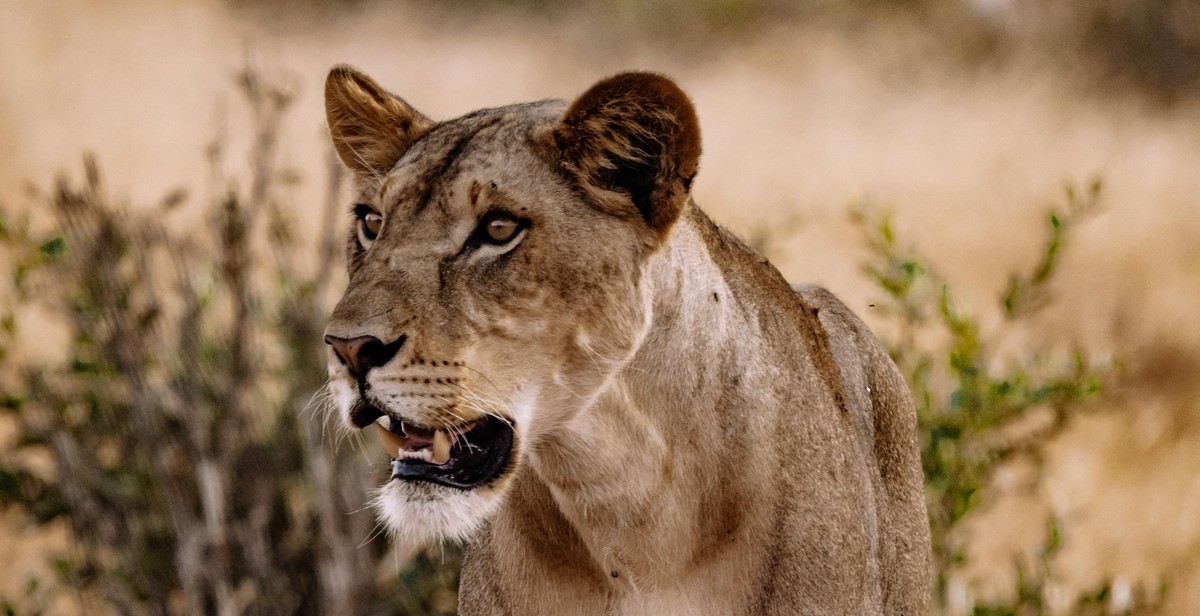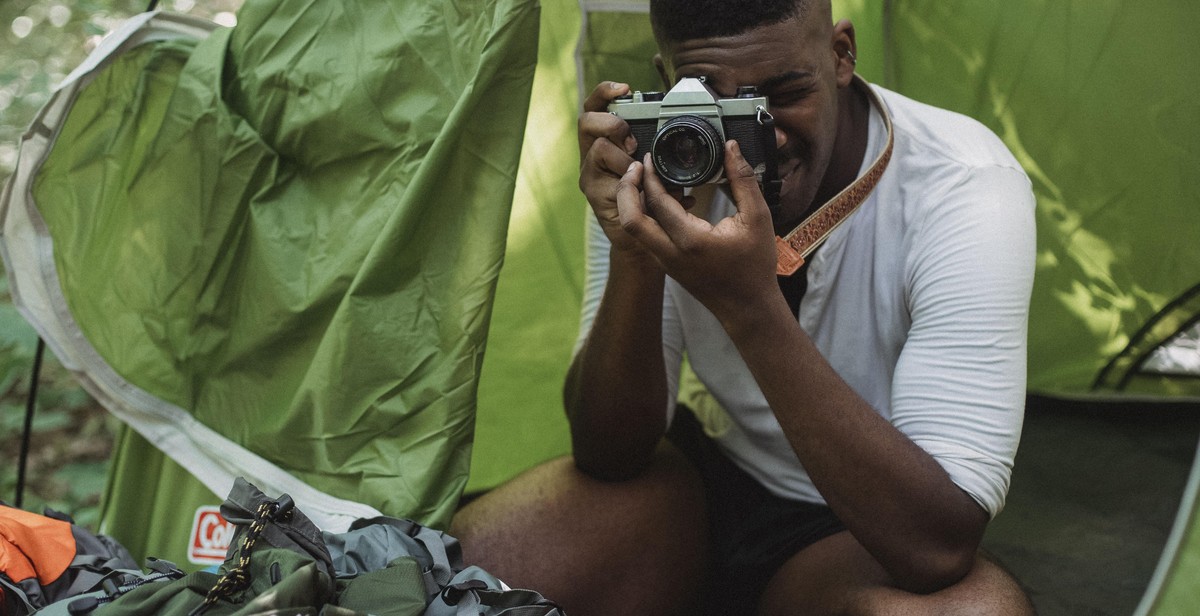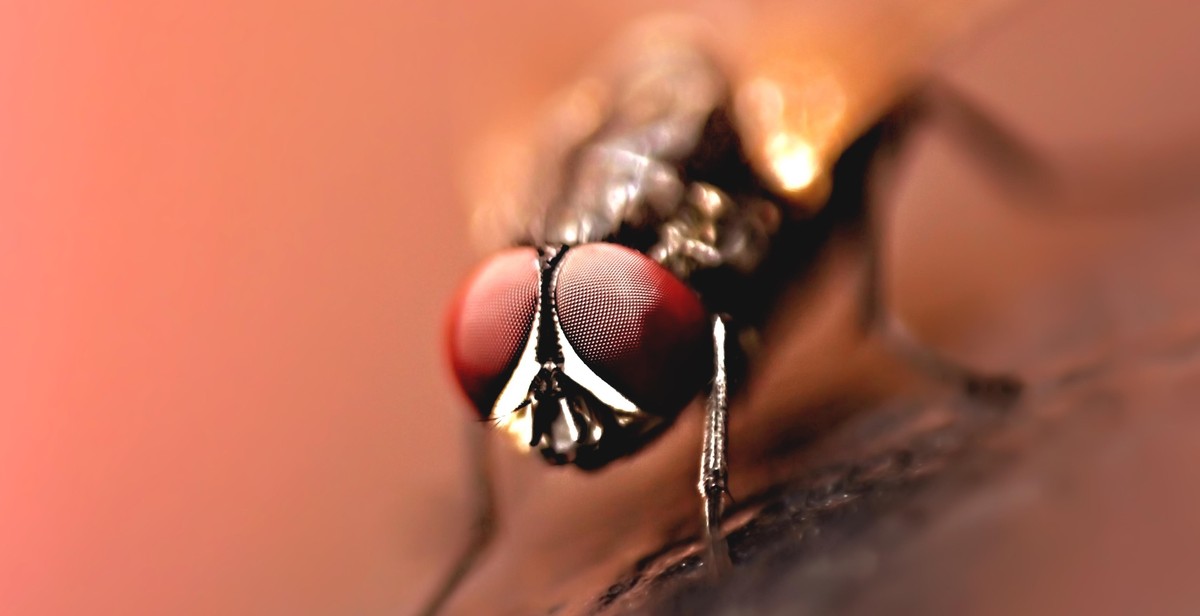How to Take Stunning Wildlife Photographs: Tips and Techniques
Wildlife photography is a fascinating and rewarding genre of photography. It allows you to capture the beauty and diversity of the natural world and share it with others. However, taking stunning wildlife photographs requires more than just a good camera and luck. It requires skill, patience, and a deep understanding of the animals and their environment.
Why Wildlife Photography is Important
Wildlife photography plays a vital role in conservation efforts. By showcasing the beauty and diversity of the natural world, wildlife photographers can raise awareness and inspire people to take action to protect endangered species and their habitats. In addition, wildlife photography can also be used to document the behavior and habits of animals, providing valuable insights into their lives and helping scientists to better understand and protect them.
Preparation is Key
Before you head out into the wild to take photographs, it’s essential to do your research and prepare properly. This includes choosing the right camera and lenses, scouting locations, learning about the animals you want to photograph, and understanding the lighting and weather conditions in which you will be shooting.
- Choose the right camera and lenses for wildlife photography
- Scout locations to find the best spots for photographing wildlife
- Learn about the animals you want to photograph
- Understand the lighting and weather conditions
Techniques for Taking Stunning Wildlife Photographs
There are several techniques that can help you take stunning wildlife photographs, including:
- Using the right camera settings
- Getting close to your subject
- Using natural light to your advantage
- Capturing action and movement
- Creating a sense of depth and perspective
- Using composition to create compelling images
By mastering these techniques and putting in the time and effort required, you can take stunning wildlife photographs that capture the beauty and diversity of the natural world.

Understanding Wildlife Photography
Wildlife photography is the art of capturing images of animals in their natural habitat. It is a challenging and rewarding field that requires patience, skill and creativity. A great wildlife photograph captures the essence of the animal, conveying its beauty, power and grace.
Why is Wildlife Photography Challenging?
Wildlife photography is challenging for several reasons. Firstly, it requires a lot of patience and dedication. You may have to wait for hours or even days to capture the perfect shot. Additionally, wildlife photography often involves working in remote and unpredictable environments, where you may have to deal with difficult weather conditions, dangerous animals and other obstacles.
Another challenge of wildlife photography is that animals are unpredictable. They may move quickly, hide in the shadows or simply refuse to cooperate. This means that you need to be prepared to adapt to changing conditions and be ready to take advantage of any opportunities that arise.
What Makes a Great Wildlife Photograph?
A great wildlife photograph captures the essence of the animal in a way that is both beautiful and meaningful. It should convey a sense of the animal’s personality, behavior and habitat. Some of the key elements of a great wildlife photograph include:
- Composition: A well-composed photograph uses elements such as lines, shapes and colors to create a visually pleasing image.
- Lighting: Good lighting is essential for capturing the beauty and detail of the animal. The best time for wildlife photography is usually early in the morning or late in the afternoon, when the light is softer and more flattering.
- Focus: A sharp, well-focused photograph is essential for capturing the detail and texture of the animal’s fur, feathers or scales.
- Emotion: A great photograph should evoke an emotional response in the viewer. Whether it’s awe, wonder or admiration, the photograph should capture the essence of the animal and convey its unique beauty and power.
In summary, wildlife photography is a challenging and rewarding field that requires patience, skill and creativity. To capture stunning wildlife photographs, you need to be prepared to adapt to changing conditions, work in unpredictable environments and be ready to take advantage of any opportunities that arise. A great wildlife photograph should capture the essence of the animal, conveying its beauty, power and grace.

Preparation for Wildlife Photography
Wildlife photography is a challenging and rewarding genre of photography. It requires patience, skill, and preparation. Here are some tips to help you prepare for your wildlife photography adventure:
Researching Your Subject
Before heading out to photograph wildlife, it is crucial to research and understand the behavior and habitat of the animals you want to capture. This knowledge will help you anticipate their movements and increase your chances of capturing great shots.
You can conduct your research by reading books, watching documentaries, and searching online. Additionally, you can visit local parks and wildlife reserves to observe and study the animals in their natural habitat.
Choosing the Right Equipment
Choosing the right equipment is essential for successful wildlife photography. A telephoto lens is a must-have for capturing distant animals, while a wide-angle lens can be useful for capturing the animal’s environment.
Other essential equipment includes a sturdy tripod to keep your camera steady, a remote shutter release to avoid camera shake, and a camera bag to protect your gear from the elements.
Understanding Your Camera Settings
Understanding your camera settings is crucial for capturing stunning wildlife photographs. You should learn how to adjust your camera’s aperture, shutter speed, and ISO to get the best possible shot.
Aperture controls the depth of field, which is essential for isolating your subject from the background. Shutter speed determines the amount of time the camera’s sensor is exposed to light, allowing you to freeze or blur the motion of your subject. ISO controls the camera’s sensitivity to light and can be adjusted to compensate for low light conditions.
By researching your subject, choosing the right equipment, and understanding your camera settings, you can prepare yourself for a successful wildlife photography adventure.

Techniques for Capturing Wildlife Photographs
Wildlife photography is a challenging and rewarding genre. Capturing stunning wildlife photographs requires a great deal of patience, persistence, and skill. Here are some techniques to help you take captivating wildlife photographs:
Composition
Composition is an essential element of wildlife photography. It involves arranging the elements in the frame in a way that is visually pleasing. To create a compelling composition, follow the rule of thirds, which involves dividing the frame into thirds both horizontally and vertically and placing the subject off-center at one of the points where the lines intersect. This technique creates a more dynamic and visually appealing image.
Lighting
Lighting is crucial in wildlife photography. The best time to take wildlife photographs is during the golden hours, which are the hours just after sunrise and just before sunset when the light is soft and warm. Avoid harsh midday sunlight, which can create harsh shadows and overexposed highlights.
Framing
Framing is a technique that involves using elements in the foreground or background to create a frame around the subject. This technique can add depth and context to the image. For example, you can use branches, leaves, or rocks to frame the subject and create a more immersive experience for the viewer.
Patience and Persistence
Patience and persistence are essential in wildlife photography. Wildlife is unpredictable, and you may need to wait for hours or even days to capture the perfect shot. Be prepared to spend a lot of time in the field, and don’t give up easily. Remember, the more time you spend in the field, the more opportunities you will have to capture stunning wildlife photographs.
In conclusion, capturing stunning wildlife photographs requires a combination of technical skill, patience, and persistence. By following these techniques, you can create captivating images that tell a story and capture the beauty of the natural world.

Tips for Taking Stunning Wildlife Photographs
Wildlife photography is a thrilling and rewarding experience, but it can be challenging to capture the perfect shot. Here are some tips that can help you take stunning wildlife photographs:
Get Close to Your Subject
The closer you are to your subject, the more detail you can capture in your photograph. To get close to your subject, use a telephoto lens or move closer to the animal slowly and cautiously. Be aware of your surroundings and avoid disturbing the animal.
Capture the Eyes
The eyes are the most expressive part of an animal’s face. When taking wildlife photographs, make sure the eyes are in sharp focus and well-lit. The eyes should be the focal point of your photograph.
Shoot in the Right Light
The right light can make a significant difference in the quality of your photographs. Early morning and late afternoon are the best times to shoot wildlife photographs as the light is soft and warm. Avoid harsh midday sunlight as it can create harsh shadows and wash out colors.
Use a Tripod
A tripod is an essential tool for wildlife photography. It helps you stabilize your camera and ensures that your photographs are sharp and in focus. When using a tripod, make sure you use a remote shutter release or the camera’s self-timer to avoid camera shake.
Shoot in Burst Mode
Animals are unpredictable, and they can move quickly. Shooting in burst mode allows you to capture multiple shots in quick succession, increasing your chances of getting the perfect shot. It’s also helpful when you want to capture the animal’s movement.
Practice and Experiment
Practice makes perfect when it comes to wildlife photography. Experiment with different camera settings, angles, and compositions to find your style. Take your time and be patient. The more you practice, the better you’ll become at capturing stunning wildlife photographs.
| Tips for Taking Stunning Wildlife Photographs |
|---|
| Get Close to Your Subject |
| Capture the Eyes |
| Shoot in the Right Light |
| Use a Tripod |
| Shoot in Burst Mode |
| Practice and Experiment |
By following these tips, you’ll be able to capture stunning wildlife photographs that you’ll be proud to display and share.

Conclusion
Wildlife photography is a challenging and rewarding genre that requires patience, skill, and a deep understanding of animal behavior. With the right equipment, preparation, and techniques, you can capture stunning images of wild animals in their natural habitats and convey their beauty, power, and grace to the world.
In this article, we have shared some valuable tips and techniques that can help you improve your wildlife photography skills and take your images to the next level. From choosing the right gear and settings to finding the best locations and lighting, we have covered all the essential aspects of wildlife photography.
Remember, wildlife photography is not just about taking pictures; it is also about respecting and protecting the animals and their habitats. Always follow ethical and legal guidelines, avoid disturbing the animals, and leave no trace behind.
By applying the tips and techniques we have discussed, you can create stunning wildlife photographs that capture the essence of the natural world and inspire others to appreciate and protect it. So, get out there, explore the wilderness, and capture the beauty of wildlife with your camera!
| Tip/Technique | Description |
|---|---|
| Choose the right gear | Use a telephoto lens, tripod, and other accessories to capture sharp and detailed images. |
| Understand animal behavior | Study the habits and patterns of the animals you want to photograph to anticipate their movements and actions. |
| Find the best locations | Research and explore different habitats and ecosystems to discover the best places to find wildlife. |
| Use the right settings | Adjust your camera settings to capture the right exposure, shutter speed, and aperture for your subject and lighting conditions. |
| Be patient and persistent | Wait for the right moment, be prepared for unexpected events, and keep practicing to improve your skills. |
